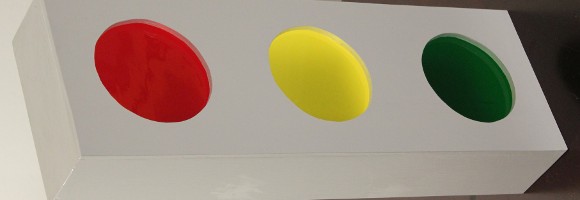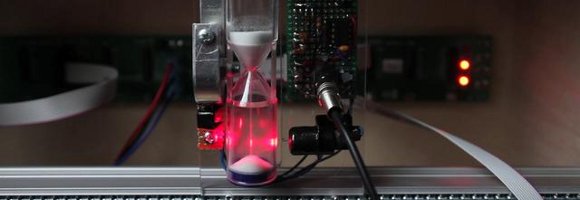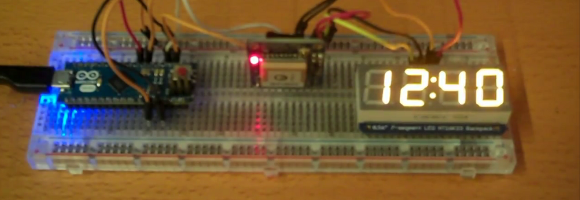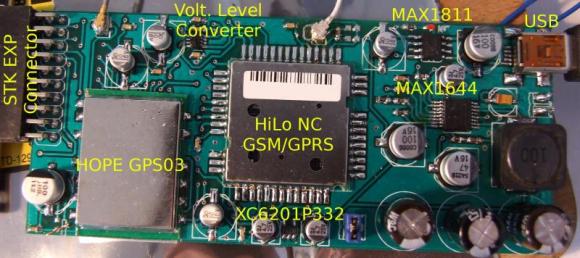
If you’ve ever worried about your car getting stolen this hack can help give you some piece of mind. It’s a cellular enabled geolocation device. These things have been in use for some time, the most common brand we know of is the LoJack. That company gives you a little box to install on the vehicle and if it ever goes missing they can grab the coordinates and forward them to the authorities. This custom version builds a lot into an addon board for an EFM32 board.
The image above shows the main components of the add-on: the GPS module and the GSM modem. Along the top edge of the board is the voltage regulator circuits which aim to keep the standby power to the slightest of trickles so as not to drain the car’s battery. What you can’t see is the SIM card slot which is located on the underside.
You can find the Eagle files for the design at the link above. We’ve embedded the video description of the project after the break.

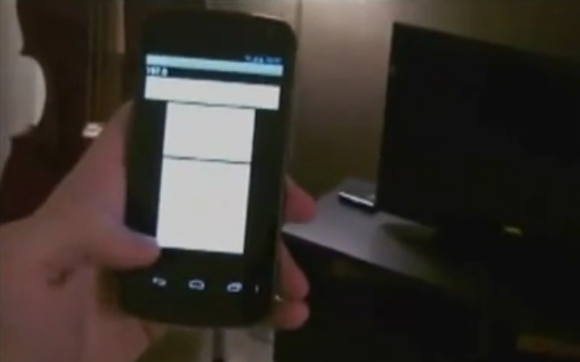
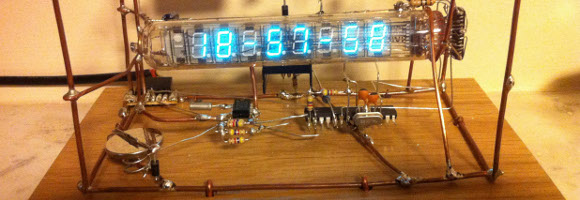 [James] doesn’t need a circuit board or even some protoboard to get the job done.
[James] doesn’t need a circuit board or even some protoboard to get the job done. 